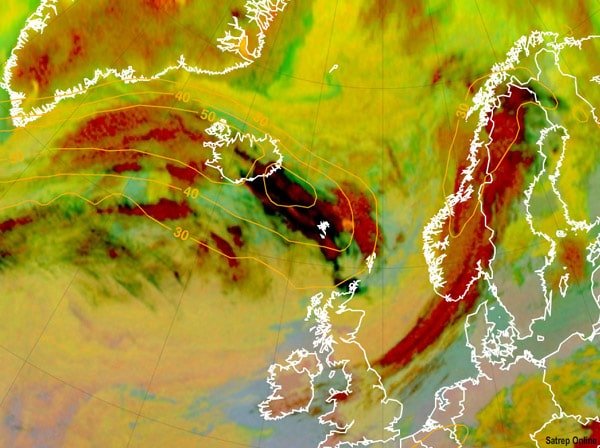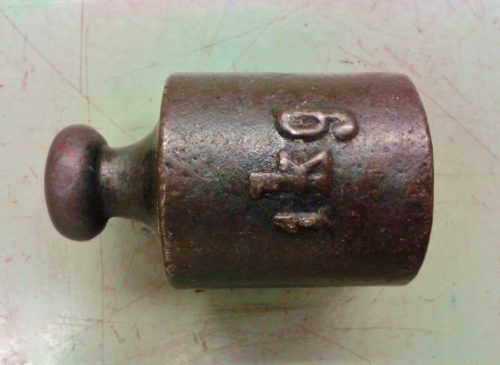As the eruption of Iceland’s volcano Eyjafjallajokull (a nightmare for both airlines and non-Icelandic newscasters) has shut down all of northern Europe’s air travel, the New Scientist presents a nice primer on why and how volcanic ash threatens aircraft:
Volcanic ash from Iceland's Eyjafjallajokull spreads over northern Europe.
A nightmare, indeed. So, if you’re lying on the floor of Heathrow or Charles De Gaulle, it’s a headache I’m sure–but nothing like the experience of losing engine power. NPR ran a fascinating interview with the Captain of a British Airways 747 that suffered all-engine failure because of a volcanic eruption off Jakarta in 1982 — only a reminder of the frailty of aircraft in the face of fine volcanic ash.
Topics:


